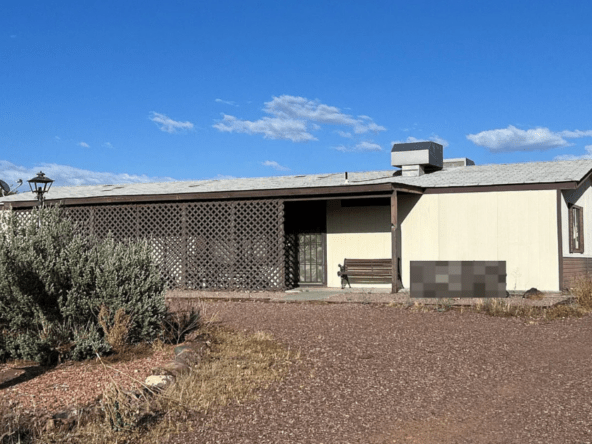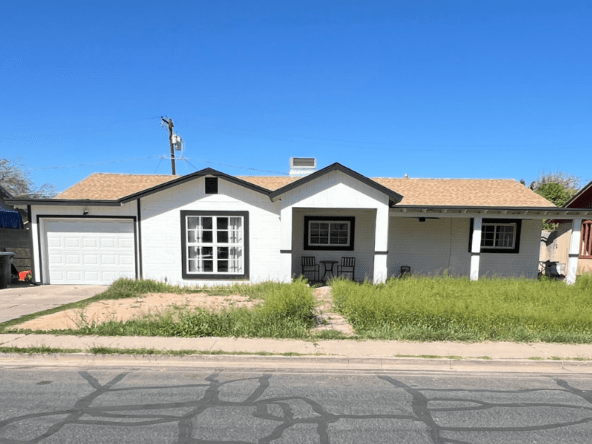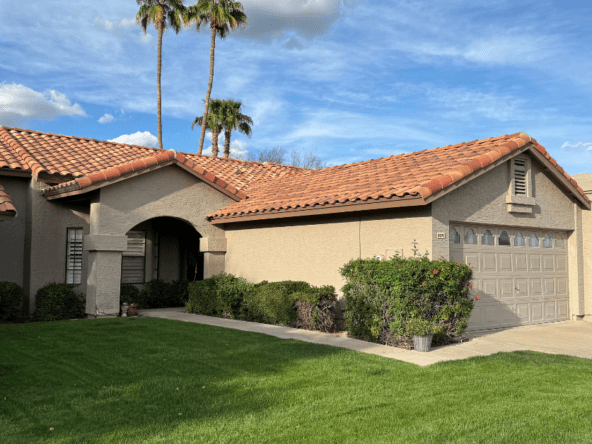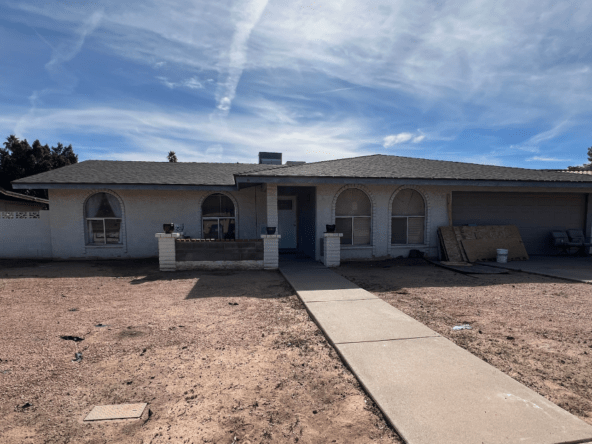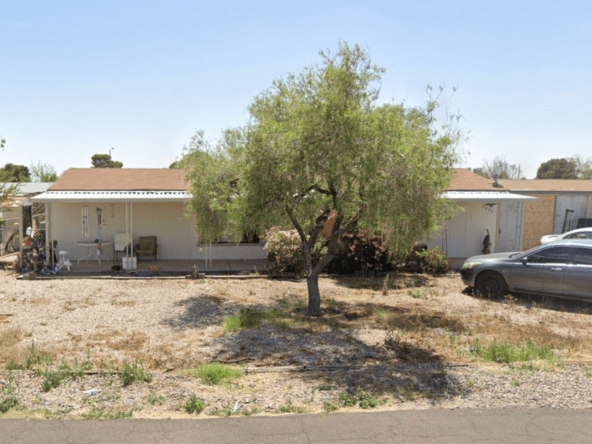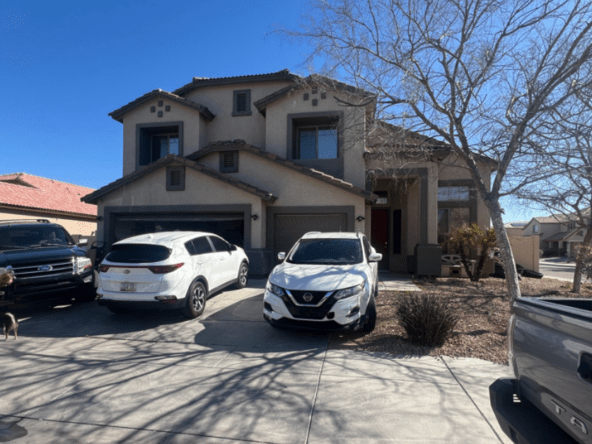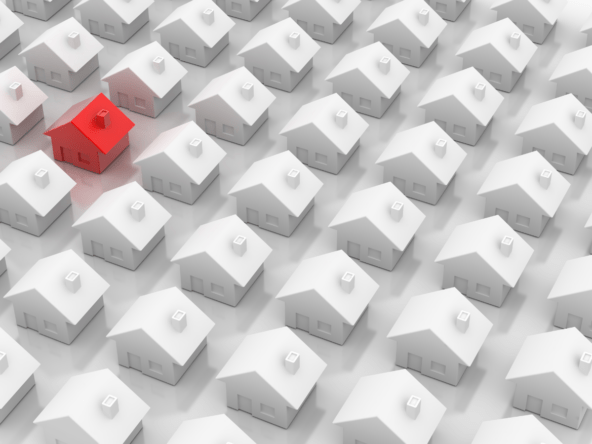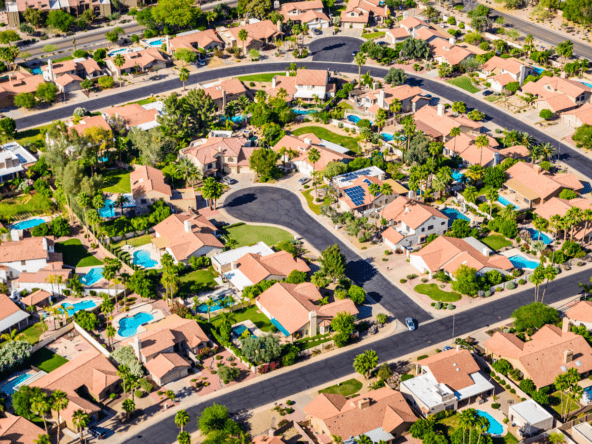If you’re thinking about becoming a repeat home buyer, you already know things will be a bit more complicated than when you bought your first home.
You know the goal: buy a new home while simultaneously selling your current one, close on the same day and move. That’s in an ideal world. But what about in the world we actually live in?
Understand the market. Before you start searching for a new home, you need to have an understanding of the market. As with most areas of the country, inventories here are tight. This is an important bit of information to understand if you’re going to come up with the right strategy.
You may need to widen your search so you can find several homes that fit your most important criteria. That way, selling your home won’t have you scrambling if your offer isn’t accepted on the one and only home you can find. While you don’t want to compromise, you also need to be realistic with your priorities.
Figure out the order. The most obvious question to ask when selling and buying is, which do you do first?
If you sell first, it makes it easier to get financing for your next home because you’ll know what you net. But, it also means you’ll have the added cost and inconvenience of moving twice and finding a temporary place to live until you close on your new house.
If you buy first, there’s less drama over moving, but your debt-to-income ratio will be impacted. Depending on your lender, that can make it harder to qualify for a new mortgage. Plus, you have to be able to financially handle two monthly mortgages. It also may be difficult to come up with your down payment if you are counting on getting it out of the sale of your home.
While moving twice is inconvenient, the more critical issues to focus on are the financial elements. That includes knowing your home’s value before you list.
Even the best laid plans can go awry. So, you’ve got a handle on your home’s value and you’ve decided how you’re going to proceed. What could go wrong?
Unfortunately, plenty. Remember there are other buyers and sellers involved. You can put your master plan into place, but what if the sellers for your new home need to close later than expected, for example?
Even if a buyer or seller doesn’t impact your best-laid plan, there are other forces at work. It’s not unusual for closings to hit snags. Or, a home inspection could uncover some problems that need to be addressed before you can close.
Bottom line: you might need to be flexible. It’s best to prepare yourself in advance for something like paying two mortgages or planning for a temporary rental even if you’re doing all you can to avoid it.
Choosing your best financial solutions. If you decide to avoid two mortgages by selling first, your financial concerns will be the costs of a rental, moving twice and potentially storage. Another option would be to negotiate a rent-back agreement that allows you to stay in your existing house for a certain number of days post-closing.
On the other hand, if you decided it’s best to buy first, you may still want to consider a contract contingency, making your offer dependent on the sale of your existing home. That can be an uphill battle in a seller’s market, however.
Another option is a bridge loan. A bridge loan allows you to own two homes at once, if you can’t come up with a down payment until you house sells. It acts like a short-term loan, which is then repaid when your existing home sells.
It’s true—selling and buying a house simultaneously can be stressful. But having a plan before plunging in will take some of the stress away.
Unlisted Homes For Sale
Off market homes you will not find anywhere else. Get access to incredible deals.
Amplify Your Profit Potential in North Phoenix
- Asking $250,000
- Beds: 3
- Baths: 2
- 1352 sqft
- Mobile Home
Investor Alert: Great Deal in Goodyear
- Asking $195,000
- Beds: 3
- Baths: 2
- 1248 sqft
- Mobile Home
Exceptional Pre-Foreclosure Investment Opportunity in Tolleson
- Asking $325,000
- Beds: 4
- Baths: 2
- 1889 sqft
- Single Family Home
Transformative Potential with Outstanding Profit Margins
- Asking $275,000
- Beds: 2
- Baths: 2
- 1457 sqft
- Single Family Home
Seize the golden opportunity for a quick flip in Mesa
- Asking $350,000
- Beds: 4
- Bath: 1
- 1660 sqft
- Single Family Home
Profit in Scottsdale’s Prestigious Eagle Point
- Asking $450,000
- Beds: 2
- Baths: 2
- 1141 sqft
- Townhouse
Profitable Flip or Rental Opportunity Awaits in Mesa
- Asking $360,000
- Beds: 3
- Baths: 2
- 1604 sqft
- Single Family Home
Low-Effort High-Return Investment in Peoria
- Asking $199,000
- Beds: 3
- Baths: 2
- 1496 sqft
- Mobile Home
Your Next High-Profit Opportunity Awaits in Laveen
- Asking $380,000
- Beds: 5
- Baths: 3
- 2616 sqft
- Single Family Home



